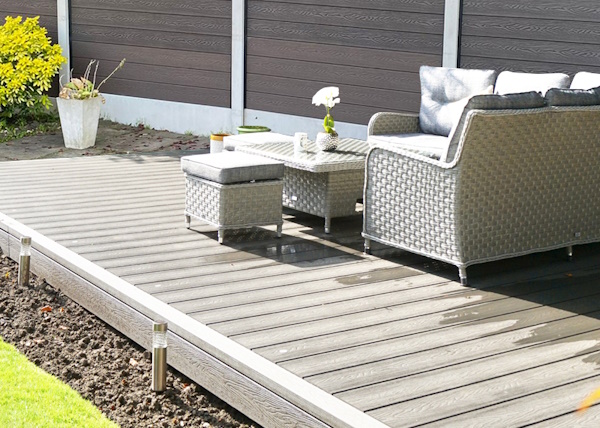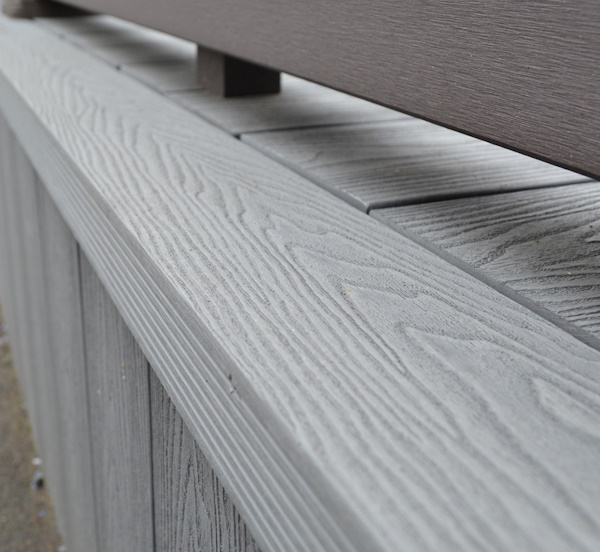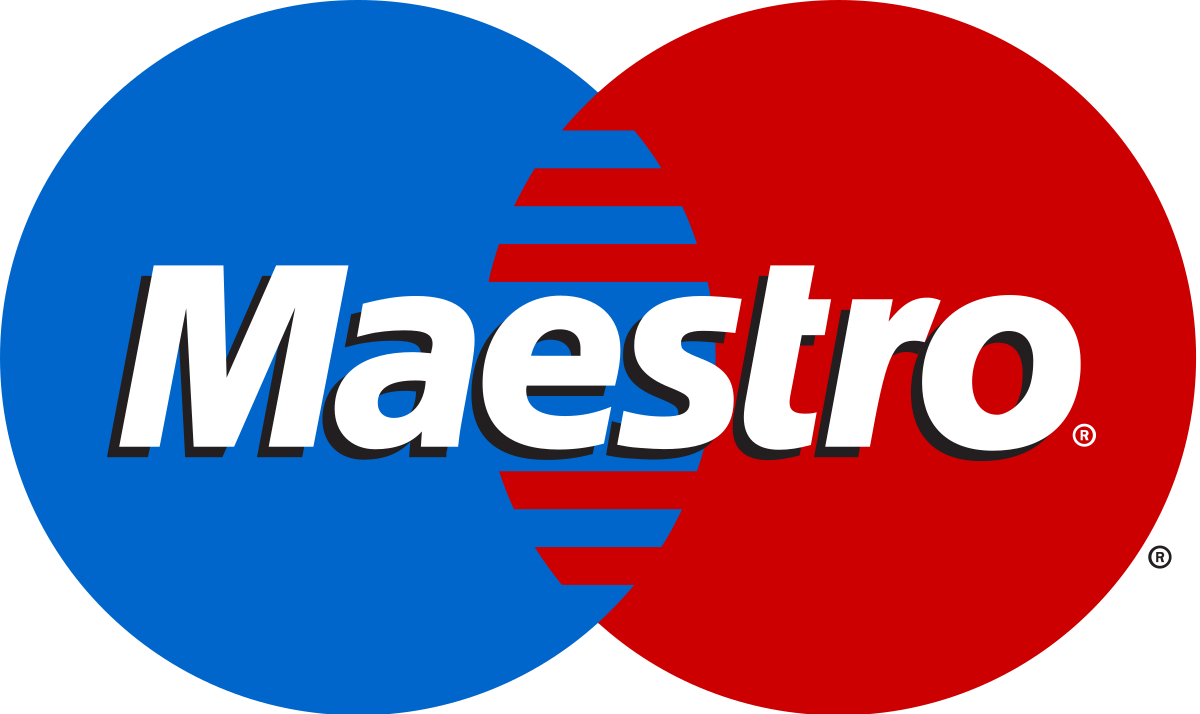Composite Decking vs. PVC Decking: Which One is Right for You?
All homeowners want their outdoor space to look appealing, practical, and usable. This is where choosing the right decking is important, especially when improving the look of your home and garden.
Two of the most popular options today are composite decking and PVC decking. Each offers distinct advantages and potential drawbacks that must be considered before making a final choice. Understanding the differences between these materials can help ensure a suitable investment for your home.
Understanding Composite Decking

Composite decking is made from a combination of wood fibres and recycled plastics. This blend creates a material that mimics the appearance of natural wood while offering enhanced durability and low maintenance requirements. Many homeowners prefer composite decking for its natural aesthetic, as it can resemble timber more closely than other synthetic options.
The composition of composite decking allows it to resist common problems such as warping, splintering, and insect damage. Modern manufacturing advancements have led to various styles and colours, providing flexibility in design preferences. Composite decking is designed to withstand harsh weather conditions, making it a suitable option for outdoor spaces exposed to the elements throughout the year.
The durability of composite decking ensures it maintains its structural integrity over time without requiring extensive upkeep. Unlike traditional wood, it does not need regular staining or sealing, reducing maintenance efforts significantly.
Homeowners can choose from various finishes and textures that replicate the look of natural timber, allowing for customisation to suit different architectural styles. With the added benefit of being made from recycled materials, composite decking appeals to those seeking a sustainable and long-lasting decking solution.
Benefits of Composite Decking
One of the main advantages of composite decking is its ability to withstand varying weather conditions without significant deterioration. It is moisture-resistant, making it an ideal choice for damp climates. Unlike traditional wood decking, composite boards do not require regular staining or sealing, reducing long-term maintenance efforts.
Composite decking is often manufactured using recycled materials, making it an environmentally friendly choice. Its lifespan can extend beyond two decades with proper care, providing long-term value. This durability makes it a cost-effective option in the long run, as it reduces the need for frequent repairs and replacements.
Composite decking is also designed to resist common issues such as fading, staining, and mould growth. Many manufacturers incorporate UV stabilisers and protective coatings to help maintain the deck's appearance over time, even when exposed to direct sunlight. The material's resistance to rot and insect infestations further adds to its appeal, particularly in areas prone to these challenges.
Another benefit is the wide range of styles, colours, and finishes available, allowing homeowners to achieve a desired look that complements their outdoor space. Whether opting for a modern or traditional aesthetic, composite decking offers design flexibility without compromising performance.
Safety is another consideration, with composite decking often featuring slip-resistant surfaces. This can be especially beneficial for households with children and pets, providing a safer environment underfoot. With these benefits, composite decking presents an attractive solution for those seeking a durable, low-maintenance, and stylish outdoor space.
Potential Drawbacks of Composite Decking

While composite decking offers many benefits, there are some potential downsides to consider. The initial cost can be higher compared to traditional timber options. Although the long-term savings in maintenance and replacement costs can offset this expense, the upfront investment may deter some homeowners.
Some homeowners may also find that composite decking retains heat, making it uncomfortable to walk on during hot weather. Darker-coloured boards, in particular, tend to absorb more heat than lighter shades, which may influence colour choices depending on the climate and intended use.
Over time, exposure to sunlight can lead to some fading, although modern manufacturing techniques have improved colour retention significantly. Despite these advancements, gradual discolouration may occur, requiring homeowners to select UV-resistant options to maintain their deck's appearance for as long as possible.
Furthermore, composite decking may require occasional cleaning to prevent mould and mildew build-up, particularly in shaded areas. While it does not warp or rot like traditional wood, damp conditions can encourage organic growth, necessitating regular maintenance to keep the surface looking its best.
Another consideration is the weight of composite decking boards, which can be heavier than timber. This may impact the installation process and require additional structural support, potentially increasing labour costs.
Understanding these potential drawbacks allows homeowners to make informed decisions when considering composite decking as an option for their outdoor spaces.
Understanding PVC Decking
PVC decking is made entirely from synthetic materials, specifically polyvinyl chloride. Unlike composite decking, PVC does not contain organic materials, providing additional resistance to moisture and insect damage. This makes PVC decking particularly suitable for areas prone to high humidity or exposure to water, such as poolside installations and coastal properties where traditional materials may struggle to withstand harsh conditions.
PVC decking is known for its lightweight properties, which can make installation easier compared to composite options. The lighter weight can also reduce the strain on supporting structures, making it an attractive choice for rooftop terraces or balconies where weight limitations may concern.
Another key advantage of PVC decking is its uniform appearance. The manufacturing process ensures consistency in colour and texture, offering a sleek and modern aesthetic. A wide range of colour options is available, and unlike wood or composite alternatives, PVC decking is less prone to fading when exposed to direct sunlight. Many PVC boards feature built-in UV protection to enhance colour retention further.
Maintenance requirements are minimal, with simple cleaning routines usually sufficient to keep the surface looking pristine. The non-porous nature of PVC prevents stains from penetrating the material, making it highly resistant to spills and easy to wipe clean.
Despite its many benefits, some homeowners may find that PVC decking lacks the natural look of wood. However, advancements in design and texture options have improved its visual appeal, offering styles that closely mimic timber grain patterns.
Benefits of PVC Decking
One of the most notable advantages of PVC decking is its exceptional moisture resistance. Since it does not contain organic materials, there is no risk of rot, mould, or mildew, making it an excellent choice for poolside areas or regions with heavy rainfall. This moisture resistance ensures the decking maintains its structural integrity even in constantly damp conditions, reducing the need for costly repairs or replacements over time.
PVC decking is also highly durable and resistant to scratches, making it an appealing option for households with pets or frequent foot traffic. Its smooth surface allows for easy cleaning, often requiring only soap and water to maintain its appearance. The material's resilience to stains and spills adds to its low-maintenance appeal, making it ideal for outdoor entertaining spaces.
Another key advantage is its ability to reflect heat more effectively than composite decking, which can result in a cooler surface during warmer months. This feature enhances comfort, particularly in sunny locations where decking can become uncomfortably hot underfoot. Some manufacturers incorporate cooling technology to improve heat dissipation further, ensuring a comfortable surface even on the hottest days.
In addition to its practical benefits, PVC decking offers various colours and finishes that resist fading. Advanced manufacturing techniques allow for realistic wood grain textures, providing an attractive aesthetic without the upkeep associated with natural timber.
With its longevity, minimal maintenance, and aesthetic versatility, PVC decking is a practical solution for homeowners seeking a reliable and visually appealing outdoor space.
Potential Drawbacks of PVC Decking
Despite its many advantages, PVC decking does have some drawbacks. The most significant factor for many homeowners is the cost, as PVC decking is one of the most expensive options. The higher initial investment can be a deterrent, especially for those within a tight budget. However, the long-term savings in maintenance costs may help offset the upfront expense.
The appearance of PVC decking may not always replicate the look of natural wood as effectively as composite decking. Some homeowners may find that the synthetic nature of PVC gives it a less authentic aesthetic. Although modern manufacturing techniques have improved the range of colours and textures available, those seeking timber's warm, organic appeal may still prefer alternative materials.
Additionally, while PVC decking is highly durable, it can become brittle in freezing temperatures, which may lead to cracking over time. Prolonged exposure to freezing conditions can affect the material's flexibility, making it more susceptible to damage under heavy loads or impact.
Another consideration is the potential for expansion and contraction due to temperature fluctuations. PVC decking can expand in high heat and contract in cooler conditions, which may lead to minor warping or gaps if not installed correctly. Proper installation techniques, including allowing for thermal movement, are essential to mitigate this issue.
Despite these challenges, carefully selecting high-quality PVC decking products and professional installation can help address many of these concerns, ensuring a durable and aesthetically pleasing outdoor space.
Comparing Maintenance Requirements
When comparing PVC decking vs composite, both options offer low-maintenance solutions compared to traditional timber decking. Composite decking requires periodic cleaning to remove dirt and debris and occasional treatment to prevent mould growth. However, it does not require staining, sealing, or painting.
PVC decking, on the other hand, demands even less maintenance. It resists stains and spills effectively and can be cleaned with minimal effort. For homeowners seeking the lowest maintenance option, PVC may provide an advantage.
Cost Considerations
The cost of decking materials plays a significant role in the decision-making process. Composite decking generally offers a mid-range price point, making it an attractive option for those seeking durability and aesthetic appeal without the higher cost of PVC.
PVC decking is typically more expensive due to its enhanced durability and resistance to moisture. However, the long-term maintenance and repair savings may justify some homeowners' higher initial investment.
Environmental Considerations
Sustainability is an important factor for many homeowners. Composite decking often contains recycled materials, contributing to environmental conservation efforts. Combining recycled wood and plastic reduces the demand for virgin materials and minimises landfill waste.
PVC decking, while highly durable and recyclable at the end of its lifespan, is made entirely from synthetic materials. The production process involves chemical treatments, which may not align with environmentally conscious preferences.
Aesthetic Appeal
The appearance of decking materials is a significant consideration for homeowners looking to enhance their outdoor spaces. Composite decking offers a more natural look, with wood grain textures and shades resembling traditional timber. This makes it a popular choice for those who prioritise aesthetics.
PVC decking, while available in a range of colours and finishes, may lack the authentic appearance of natural wood. However, its uniformity and consistency in colour can provide a sleek, modern finish that appeals to those seeking a contemporary design.
Installation Process
Both composite and PVC decking offer relatively straightforward installation processes compared to traditional wood decking. Composite decking is heavier due to its wood content, which may require additional structural support during installation.
PVC decking is lighter, making it easier to handle and install, particularly for DIY enthusiasts. However, professional installation is often recommended to ensure longevity and proper structural integrity.
Which Option Is Right for You?
Choosing between PVC decking and composite ultimately depends on individual priorities and preferences. Homeowners who value a natural appearance with environmentally friendly materials may lean towards composite decking. Those seeking superior moisture resistance and minimal upkeep find PVC decking the better choice.
Budget, climate, and aesthetic preferences can help determine the most suitable option. Both materials offer long-term durability and performance, making them alternatives to traditional timber decking.
Finally
Selecting the right decking material requires careful consideration of various factors, including maintenance, cost, appearance, and environmental impact. Both composite and PVC decking provide unique benefits that cater to different needs. Whether prioritising a natural look or seeking maximum durability, homeowners can find a suitable option that enhances their outdoor space effectively.




